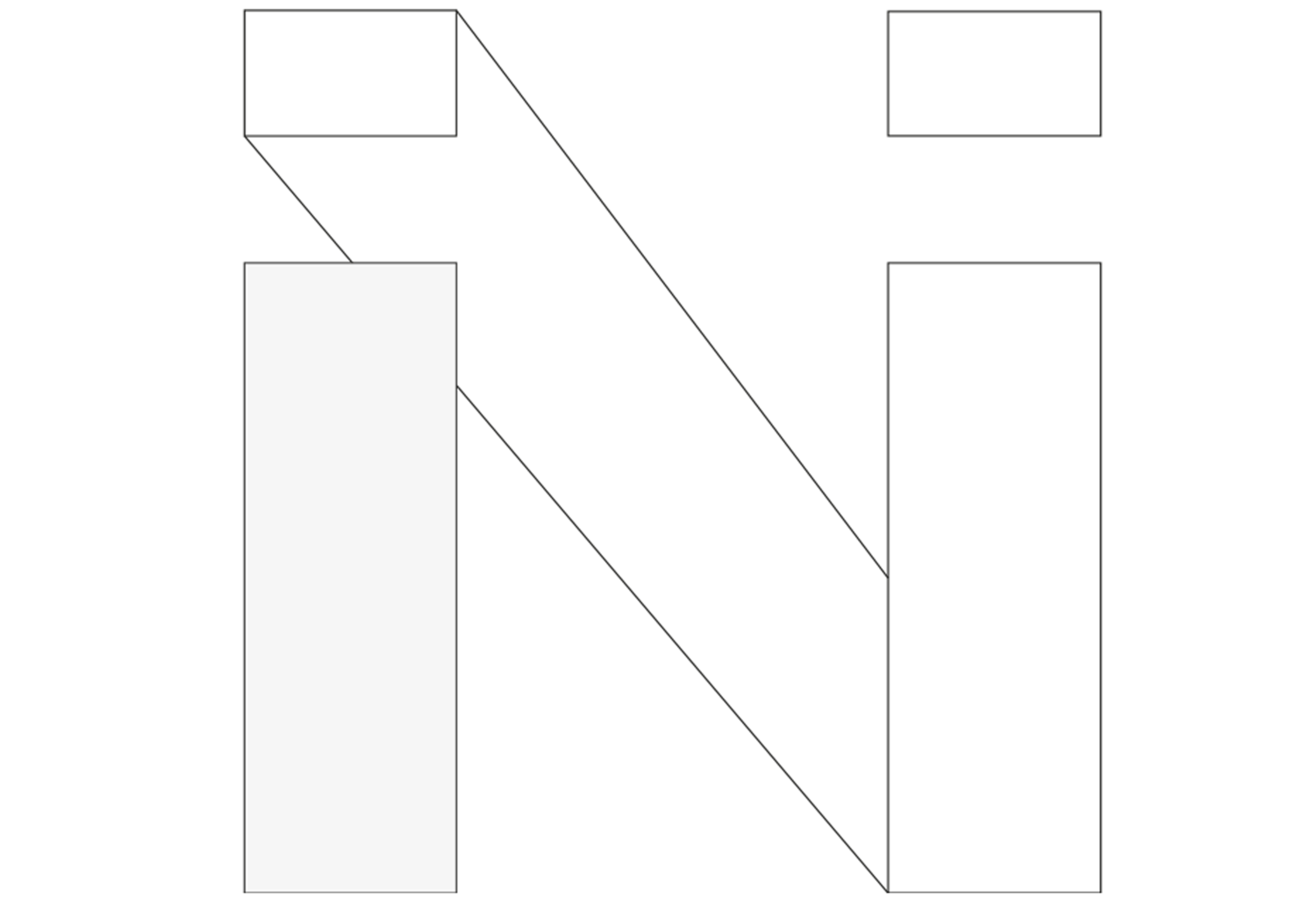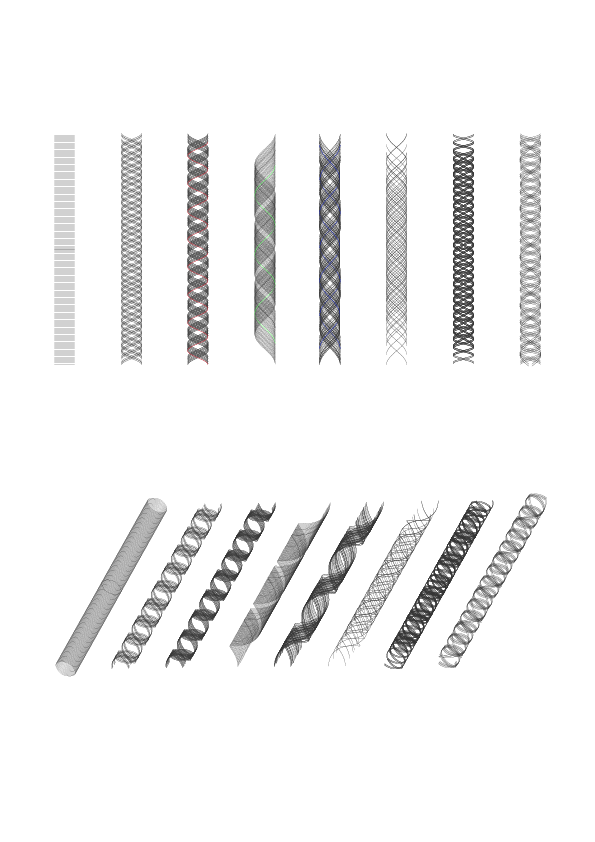Current ongoing project, led by Markus Kayser, who developed the design concept under the supervision of Prof. Neri Oxman in the Mediated Matter group of the MIT Media Lab.
MOTIVATION
Swarm behaviour is a phenomenon found in social insect species such as ants, termites and bees and also in schools of fish and flogs of birds. The fascination lies in the collective intelligent behaviour of large numbers of “simple” self-similar individuals communicating only on a local level achieving collective coordination, acting as a single large organism (Kennedy, Kennedy, and Eberhart 2001).
Current manufacturing approaches can be classified with respect to two basic attributes: (1) the level of communication between fabrication units and (2) the degree of material tailorability. Until now, manufacturing paradigms were confined to one of these attribute axes.
INTERVENTION
The FiberBot project aims to serve as a first-of-its-kind demonstration for achieving both, material tunability and communication between fabrication nodes.
We aim to design a distributed robotic construction system that is able to build a self-supporting architectural structure collaboratively, from fibers. The robots will be building and climbing across their own tubular structures, which - over time - become single threads within a larger construction network of an emerging architecture. Communication of the individual robots within the swarm is key to the construction of a large-scale structure, potentially embedding hierarchies in the communication protocols and algorithmic decision-making informed by on-board sensing.
In the context of sustainable fabrication further developments, the robots can become energy independent using photovoltaics and curing of resin shall be provided by UV spectrum of solar radiation.
In its first culmination this work will introduce the Fiberbot Tower, as a n self-supporting large-scale structure autonomously built by swarm robotics. An island in Norway willbe‘populated’ with the new robotic species to construct a lighthouse as their first structure, during Norway's MOMENTUM 9 Biennial in Moss.
Whilst working alongside Markus on the overall design and engineering of the pavilion, Nassia is leading the design research and implementation of novel digital fibre weave fabrication processes carrying out research for innovative fibre matter that fuses materials and different material properties. Her work aims to the development to symbiotic systems of material as fused in unique weave patterns that in return allow for material tenability ands functional property gradients. Nassia is also be applying her control engineering knowledge in designing and implementing the swarm based communication system and protocols that will form the interrelated autonomous behaviour of the swarm group once released on the island.


